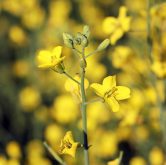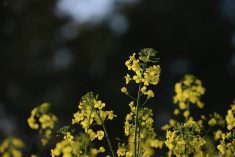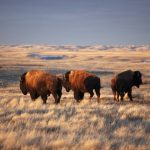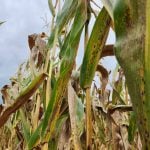A Manitoba canola field has been confirmed as the first in North America with Verticillium wilt, a fungal disease well known to northern Europe’s canola and vegetable growers.
With no seed treatments or foliar fungicides yet registered against it — and with no resistant canola varieties available — the disease, if here to stay, may put added pressure on growers to seed canola more sparingly in rotations.
Manitoba’s provincial agriculture department recently reported the finding on its website but gave no specifics on the field’s location in the province.
Read Also
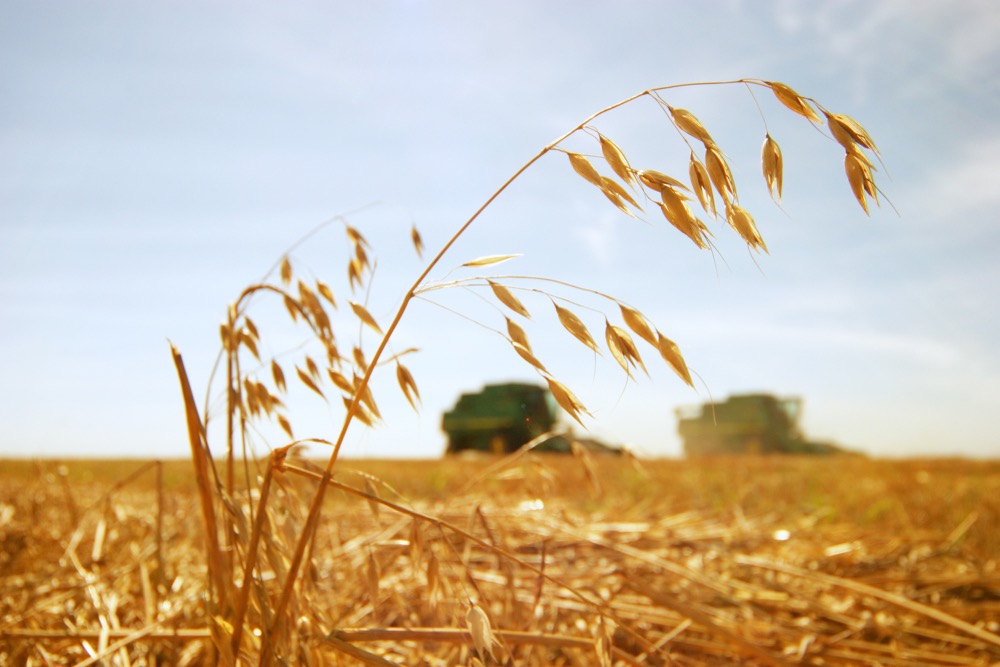
Alberta Crop Report: Two sides of the same weather coin
Wet weather in the northern half of Alberta and dry weather in the south delayed harvest across the province during the week ended Aug. 19, 2025.
Manitoba Agriculture, Food and Rural Development said its Crop Diagnostic Centre in Winnipeg “visually identified” the disease on a canola sample.
A culture was then sent to the National Fungal Identification Service. The Ottawa lab, using molecular identification, confirmed the pathogen as Verticillium longisporum, the province said.
The province said it’s now working with the Canadian Food Inspection Agency to implement “biosecurity risk mitigation measures” at the site where this pest was detected.
CFIA, the province said, plans to run “further surveying” this spring to gauge the spread of the wilt pathogen.
The province also pledged to make more information available leading up to this spring for the industry, “building on additional information provided through surveying efforts.”
Since the ground is now frozen and precautions, such as stubble management and restrictions on movement of farm equipment, are being taken, the risk of V. longisporum spreading right now is “extremely low,” the province said.
Rotation “not enough”
The province described V. longisporum as the most common disease found in canola in Sweden — and common throughout much of northern Europe. A 2006 thesis from Anna Johansson of the Swedish University of Agricultural Sciences describes V. longisporum as “the major disease responsible for yield losses in oilseed crops in Sweden today.”
A 2008 German paper describes yield losses in affected oilseed rape plants ranging from 20 to more than 80 per cent per plant, in fields with disease severity levels ranking above 5 on a 0-9 scale.
While V. longisporum has never been reported in Canada, nor on canola crops anywhere in North America, it’s previously been found in vegetable crops in the U.S., including cauliflower in California and horseradish in Illinois.
Symptoms of V. longisporum in canola include chlorosis (yellowing) of lateral branches or leaves (often one-sided), early senescence (aging) and stunting, the province said.
Symptoms in canola most often appear near the season’s end, as the plants begin to ripen; while an affected stem is still green, a vertical yellow or brown band up one side of the stem may be seen.
At later stages, the province said, the epidermal layer of an affected stem may peel back to show microsclerotia — black pepper-like spots, visible to the naked eye.
Other brassica crops such as mustard, cabbage, cauliflower, rutabaga and broccoli can also be affected by the same species. A different species causes the type of Verticillium wilt already common in sunflower and potato crops in Manitoba, the province said.
V. longisporum can survive in the soil for 10 to 15 years, with the number of viable microsclerotia in the soil declining over time, the province said. Biosecurity practices such as those recommended for clubroot can help also prevent the wilt’s spread.
In Europe, where Verticillium wilt has been a “long-term” issue, the recommended management practice is three years between canola crops in a rotation, allowing the populations to decline naturally in the soil, the province said.
However, the province warned, “due to the long-lived microsclerotia, rotation alone is not enough to manage this problem effectively.” Other biosecurity practices include equipment and tool sanitation, control of off-farm traffic and monitoring seed, feed and fertilizer sources. — AGCanada.com Network
UPDATED, Jan. 9, 2015: Point of clarification: The previous version of this story didn’t specify V. longisporum has been seen before in the U.S., in crops other than canola.





